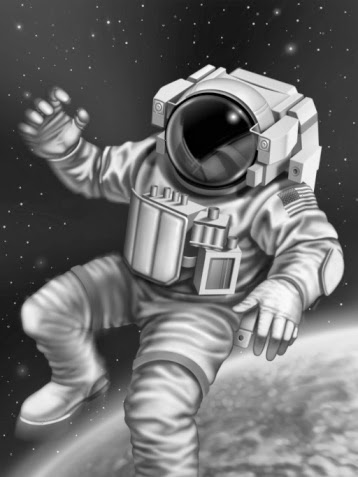| Online: | |
| Visits: | |
| Stories: |

| Story Views | |
| Now: | |
| Last Hour: | |
| Last 24 Hours: | |
| Total: | |
How children’s understanding of gravity changes as they grow older
What happens if you drop a ball in a falling elevator and why*? Your answer will of course depend on the sophistication of your understanding of the laws of physics. Psychologists in France and the Netherlands have used similar questions to test the understanding of 144 children and teenagers aged 5 to 18 years. The results show how children’s naive understanding of gravity matures through different stages as a result of their first-hand experience and exposure to formal teaching and cultural explanations.
Soren Frappart and her colleagues tested the children’s understanding in six contexts using cartoons, pictures and models. The young participants were asked to say what would happen if Billy dropped a stone on earth; in a lift in free fall; in a spaceship orbiting the earth; on the moon; on a planet with no air; and on a planet with air. Specifically, in each case, the children and teens had to indicate whether the stone would go down, float, or go up, and then explain why.
The children’s answers fell into three distinguishable levels of understanding, with each tending to be reached at different ages. A significant proportion (23 per cent) of the 5-year-olds said that the stone falls in all six contexts, and their explanations were mostly intuitive (e.g. “a stone can only fall”), or they gave no explanation at all. Presumably their answers were based largely on their first-hand experience that things fall.
Starting from age 7 and up to age 15, the children’s and teens’ answers were more sophisticated, but still reflected a far from complete understanding of gravitational laws. Around half of them were consistent in that they stated that the stone falls on earth and other planets with air; floats in a spaceship, on the moon and on a planet with no air; and goes up in a free-falling lift (although they were less consistent here). The fact that this response style kicked in at age 7 probably reflects the children’s exposure to cultural concepts, such as the image of astronauts floating in space.
Scientific justifications for the stone’s movement on earth began to emerge at age 12 (likely reflecting the introduction of relevant lessons in school), but scientific justifications for the stone’s movement in other contexts didn’t emerge until age 18.
Also at age 18, a new consistent pattern of responding emerged, one even more scientifically accurate than the younger age groups – that is, 27 per cent of 18-year-olds said the stone would go down on earth, on a planet with or without air, and on the moon. They said it would float in the spaceship orbiting the earth. They were inconsistent in their answers about the free-falling lift, although most said the stone would go up.
As well as providing the most comprehensive study to date of how children’s understanding of gravity develops with age, this new research also informs a debate in psychology about whether children’s naive, changing understanding about the world is incoherent and inconsistent, or if instead it is based on a succession of discrete mental models – each one akin to a flawed but coherent scientific theory. At least in the narrow context of gravitational laws examined here, these new results are consistent with the idea that children gradually acquire a series of largely coherent mental models of how the world works.
_________________________________ ![]()
Post written by Christian Jarrett (@psych_writer) for the BPS Research Digest.
*Unfortunately, for those adult readers with a poor understanding of physics (including me), this journal paper did not provide the correct answers to the questions! I believe that the correct answers are as follows, but please correct me if I’m wrong: on earth, on the moon, and on a planet with or without air, Billy is stable with his feet on the ground, but when he drops the stone it is pulled downwards by gravity. In an orbiting spaceship and in a free-falling lift, the stone appears to float when dropped because Billy, the spaceship/lift are also falling and subject to the same gravitational forces as the dropped stone.
Source: http://bps-research-digest.blogspot.com/2014/02/how-childrens-understanding-of-gravity.html




